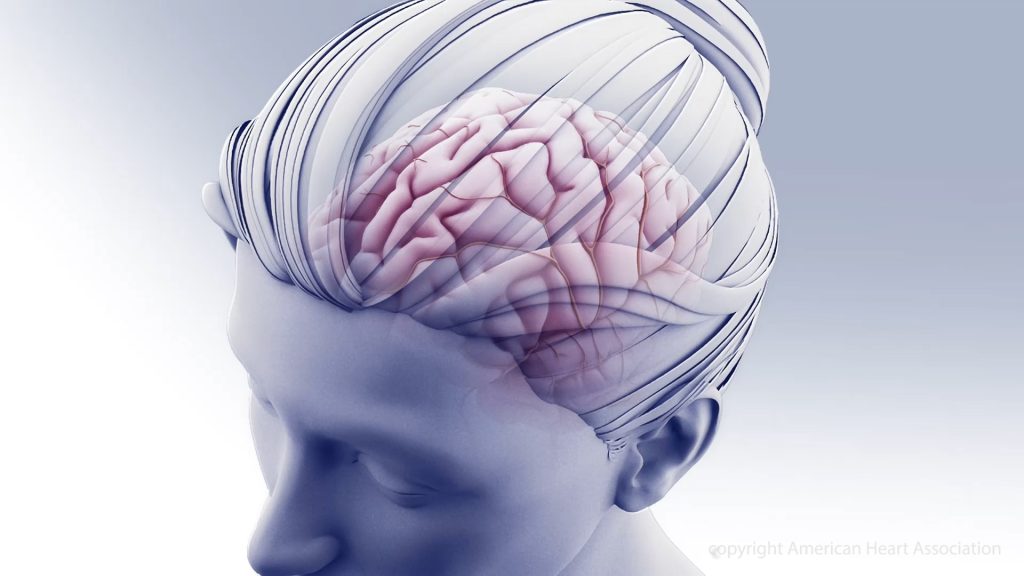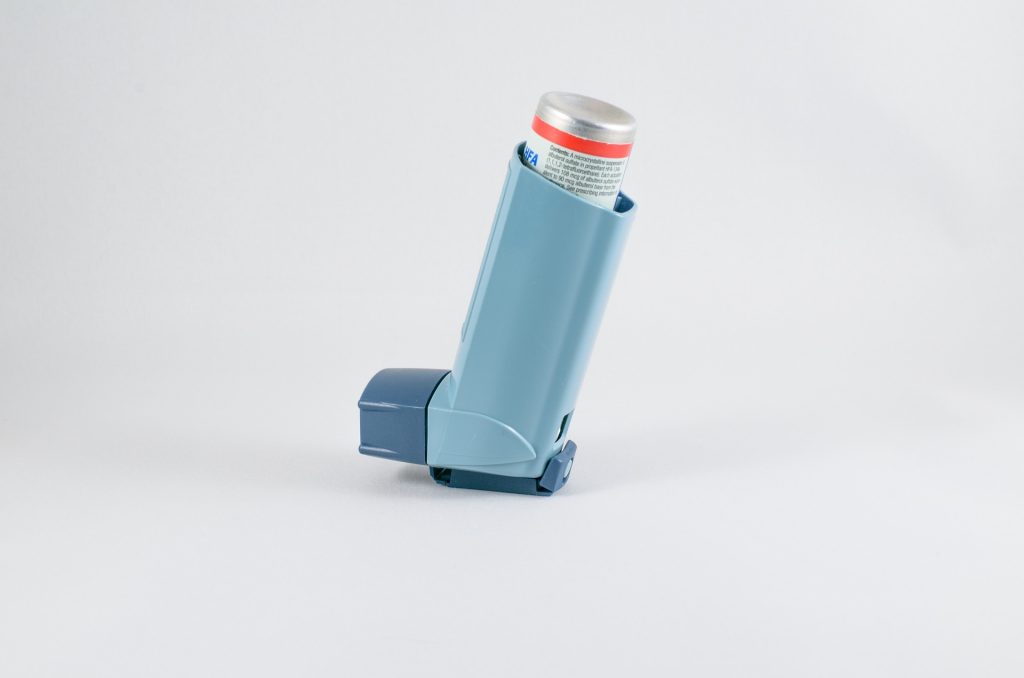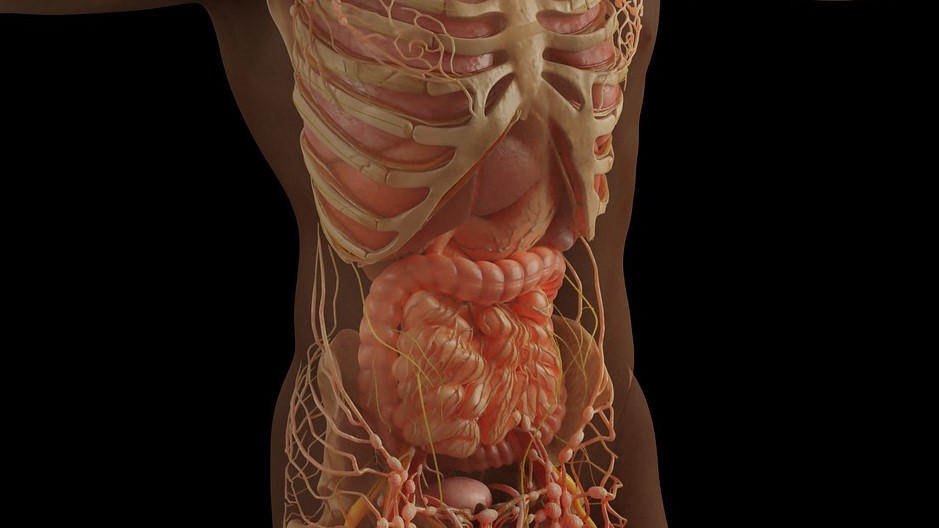The American Heart Association’s New Intracerebral Haemorrhage Guideline

A new guideline published in the journal Stroke reveal that home treatments or preventive therapies used to manage intracerebral haemorrhages (ICH) are not as effective as previously believed.
The guideline from the American Heart Association/American Stroke Association includes recommendations on surgical techniques, individual activity levels after an ICH, and additional education and training for at-home caregivers. It reflects advances in the intracerebral haemorrhage field since the last guideline on ICH management was published in May 2015.
“Advances have been made in an array of fields related to ICH, including the organisation of regional health care systems, reversal of the negative effects of blood thinners, minimally invasive surgical procedures and the underlying disease in small blood vessels,” said Steven M. Greenberg, M.D., Ph.D., FAHA, chair of the guideline writing group.
Updates to Standard Care Practices
The new guideline suggests that many techniques widely considered “standard care” are unnecessary. For example, wearing compression socks or stockings to prevent deep vein thrombosis after ICH was not found to be effective. Instead, use of intermittent pneumatic compression may be helpful if started on the same day of an ICH diagnosis.
“This is an area where we still have a lot of exploration to do. It is unclear whether even specialised compression devices reduce the risks of deep vein thrombosis or improve the overall health of people with a brain bleed. Even more research is needed on how new blood clot prevention medications may help, especially within the first 24 to 48 hours of the first symptoms,” said Dr Greenberg.
Use of anti-seizure medicines or anti-depressants after ICH is also updated; neither of these classes of medications helps a person’s overall health unless a seizure or depression is already present, therefore, they are not advised for most people. Anti-seizure medication did not contribute to improvements in functionality or long-term seizure control, and the use of anti-depressants increased the chance of bone fractures.
The guideline writing group also addresses previously standard in-hospital therapies. They suggest administering steroids to prevent complications from a bleeding stroke is ineffective and highlight that platelet transfusions, unless used during an emergency surgery, may worsen the stroke survivor’s condition.
Surgical Intervention
Some research suggests procedures with a less invasive approach are less likely to damage brain tissue while removing the fluid build-up.
“The evidence is now reasonably strong that minimally invasive surgery may improve the likelihood that a patient will survive following a moderate or large ICH,” says Greenberg. “It is less clear, however, whether this or any other kind of surgical procedure improves the chances of survival and recovery from ICH, which are our ultimate goals.”
Recovery and Rehabilitation
Stroke rehabilitation includes several strategies to help restore the individual’s quality of life, and the guideline reinforces the importance of having a multi-disciplinary team to develop a plan for recovery. Research suggests a person with a mild or moderate ICH may begin activities like stretching, dressing, bathing and other normal daily tasks 24–48 hours after the stroke to improve survival rate and recovery time; however, moving too much or too intensely within 24 hours is linked to an increased risk of death within 14 days after an ICH.
Home Caregivers
The guideline also recommends education, practical support and training for family members so they may be involved and knowledgeable about what to expect during rehabilitation.
Other Highlights
The guideline suggests there may be an opportunity to prevent ICH in some people by using MRI which can image small blood vessel damage. In addition, major risk factors for small vessel damage are high blood pressure, Type 2 diabetes and older age. Blood thinners remain an important topic since the use of these medications may increase complications and death from a bleeding stroke. Updated guidance is provided for immediate reversal of the newer blood thinners like apixaban, rivaroxaban, edoxaban and dabigatran, as well as older medications like warfarin or heparin.
Renewed emphasis is placed on the complexities of a do-not-attempt-resuscitation (DNAR) status versus the decision to limit other medical and surgical interventions. The writing group highlights the need to educate medical professionals, stroke survivors and/or the individual’s caregiver about the differences. The guideline recommends the severity of a hemorrhage, as measured by the standard scales, not be used as the sole basis for determining life-saving treatments.
Source: American Heart Association





